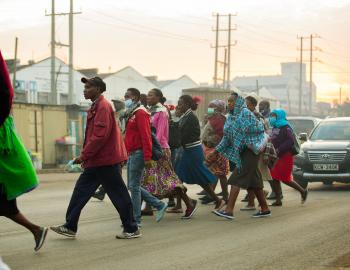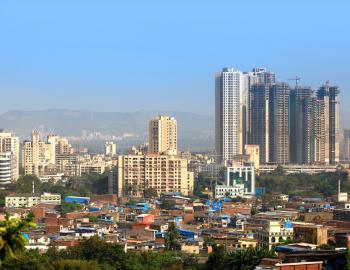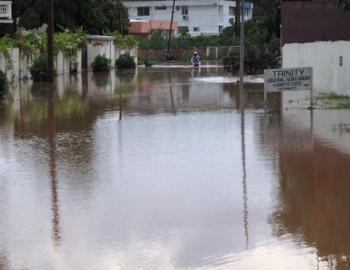INSIDE STORY: Bangladesh’s comprehensive disaster management programme
INSIDE STORY: Bangladesh’s comprehensive disaster management programme
Bangladesh is afflicted by a multitude of natural hazards including tropical cyclones, tornadoes, tsunamis, drought, earthquakes, riverbank erosion, landslides, salinity intrusion and arsenic contamination. In an average year, roughly 10 million Bangladeshi citizens are affected by one or more such hazards, and their frequency and severity is projected to increase as a result of climate change. The impacts of these disasters are exacerbated by the fact that almost one third of the nation’s population lives below the poverty line and has little capacity to adapt.
This Inside Story, Bangladesh’s comprehensive disaster management programme, illustrates how Bangladesh has developed a comprehensive disaster management programme, which takes a proactive approach to addressing disasters, shifting the emphasis away from relief and rehabilitation towards risk reduction. It aims to accomplish this by fostering a holistic, multi-hazard approach to reduce the nation’s risk and vulnerability to a variety of human-induced and natural hazards.
The programme comprises two phases:
Phase I (2004–2009), a pilot phase, laid the foundations for long-term disaster risk reduction and climate change adaptation within seven targeted districts. It created policy and planning systems and increased capacities to enhance the leadership and core business functions of several key entities including the Ministry of Food and Disaster Management, the Department of the Environment, the Fire Service and Civil Defence, the Geological Survey Department, the Meteorological Service, and the Department of Agricultural Extension. The total budget for this phase was US$27.12 million.
Phase II (2010–14) builds upon and expands Phase I achievements by ensuring that the institutionalisation of risk reduction and climate change adaptation occurs across all levels of government. Donors have committed more than US$70 million to this phase.
Some of the outputs of the programme have included:
- A Disaster Management Information Centre (DMIC)
- Community Risk Assessment (CRA)
- Capacity building initiatives



